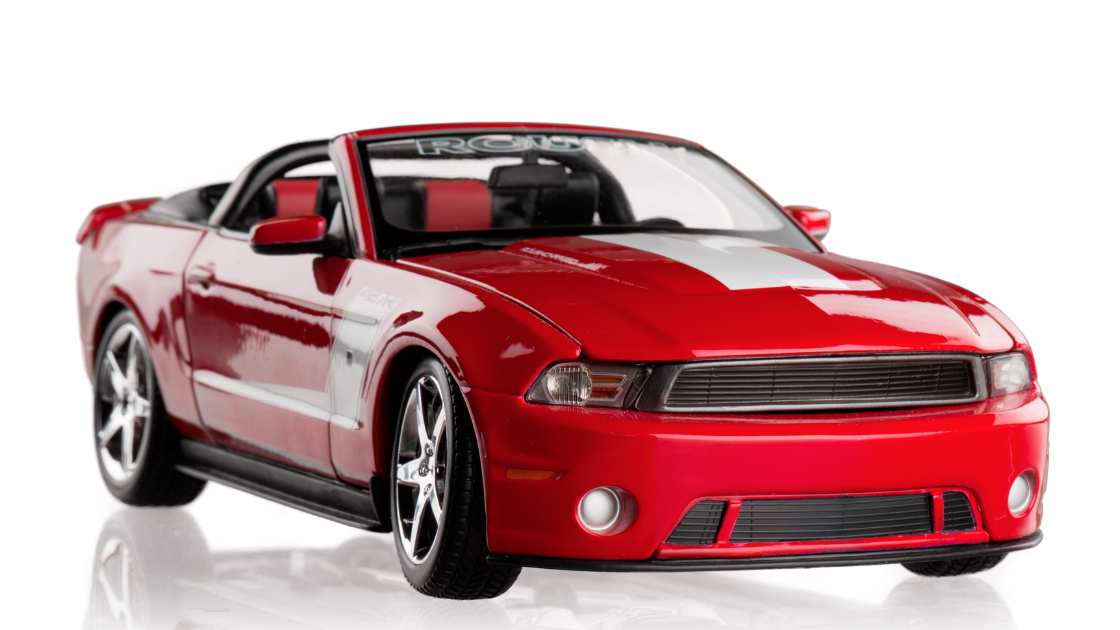The 1920s were known as the “Roaring Twenties,” a time of great prosperity and cultural transformation. One of the most significant changes during this time was the widespread adoption of automobiles. Cars were a symbol of freedom and modernity, and people couldn’t get enough of them. But how fast did cars go in the 1920s? Let’s take a closer look.
The Speed Limit
Before we dive into the speeds of cars in the 1920s, it’s essential to understand the speed limit at the time. The first speed limit was introduced in 1901, but it wasn’t until 1910 that a nationwide speed limit was established in the United States. The speed limit was 10 mph in cities and 20 mph on rural roads.
Improvements in Car Design
As technology advanced, so did the design of cars. In the 1920s, cars became faster, sleeker, and more stylish. The Ford Model T was one of the most popular cars of the decade, with a top speed of 45 mph. Other popular models, such as the Chevrolet Series 490 and the Dodge Brothers Touring Car, had similar top speeds.
Racing Cars
While the average car on the road had a top speed of around 40-50 mph, racing cars were much faster. The first Indianapolis 500 race was held in 1911, and by the 1920s, it had become one of the most popular and prestigious racing events in the world. Cars in the race could reach speeds of up to 100 mph.
The Need for Speed
Despite the speed limit, some people still pushed their cars to the limit. Street racing was popular, especially among young people looking for thrills. Police officers would use speed traps to catch speeders, and fines for speeding could be steep.
FAQ’s
What was the typical speed range for cars in the 1920s?
The typical speed range for cars in the 1920s was around 40-50 mph. While some models, such as the Ford Model T, had a top speed of 45 mph, most cars were not capable of exceeding 50 mph.
Were there any regulations regarding speed limits for cars in the 1920s?
Yes, there were regulations in place regarding speed limits for cars in the 1920s. The first nationwide speed limit was established in the United States in 1910, with a limit of 10 mph in cities and 20 mph on rural roads. However, some areas had higher or lower speed limits depending on local regulations.
Were there any exceptions to the speed limit in the 1920s?
While there were regulations in place regarding speed limits, some people still pushed their cars to the limit. Street racing was popular, and fines for speeding could be steep. Additionally, racing events such as the Indianapolis 500 allowed cars to reach speeds of up to 100 mph. However, these events were highly regulated and not open to the general public.
Conclusion
In the 1920s, cars were a symbol of progress and freedom. The top speed of an average car was around 40-50 mph, with racing cars reaching speeds of up to 100 mph. While the speed limit was in place, some people still pushed the limits, leading to fines and police intervention. Looking back, the 1920s were an exciting time for car enthusiasts, and the advances in car design and speed laid the groundwork for the cars we know and love today.

Jeff Gordon is an accomplished writer with expertise in the basics of car accessories. With a keen eye for detail, Jeff has established himself as an authority on the subject, with a passion for all things automotive. Based in Jasper, Jeff is dedicated to providing readers with the information they need to make informed decisions when it comes to their car accessories.




